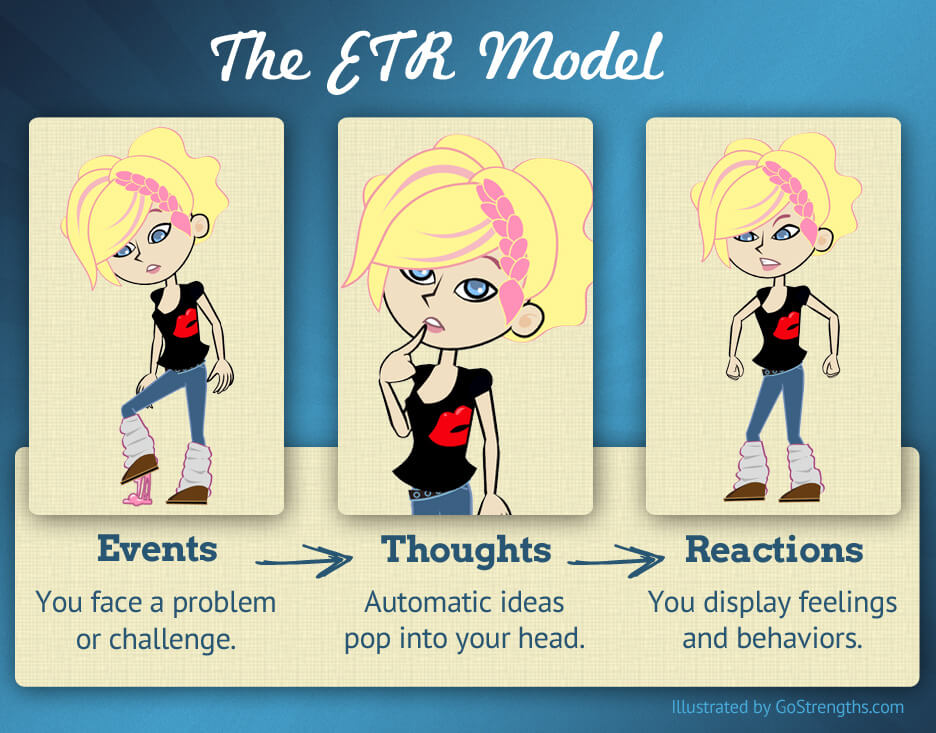A true story contributed by a mental health counselor at a school. Names have been changed to protect the identities of students.
Trey was referred to my school counseling office by his 4th grade teacher. She described Trey as “super-smart” and said that he appeared to be very anxious during most of the school day, particularly at recess and during small group work in the classroom. Although Trey had not been bullied by peers as far as his teacher knew, it was clear that he did not fit in with his peers or know how to interact with them.
My first meeting with Trey confirmed that he was extremely intelligent. It was also evident that his way of coping with anxiety was to “stay in his head” rather than acknowledge the physical symptoms of anxiety. It seemed that the best approach with Trey would be a mixture of cognitive-behavioral therapy (CBT), in which he could use his intellect to transform anxiety, and role play, which would give him potential scripts to use in real-life situations.
We began by talking about a basic CBT formula, A x B = C, which is short for “Activating events are influenced by emotional Beliefs to become behavioral Consequences.” In 4th grade language, this means that our thoughts and beliefs about what is happening to us lead us to behave in certain ways. If we change our thoughts, we can also change our behavior—which means that we have the power to change the entire situation. Trey found this thought-based approach to be a useful way to reframe his influence on any situation, especially because he viewed feelings as being out of his control.

Trey and I spent two sessions using the CBT formula to explore some real situations from the past school year, noticing how Trey’s thoughts or beliefs had influenced the consequences in each situation. We also talked about how to identify safe people to share these thoughts with, since it’s always easier to understand a situation when you talk it over with someone else. Trey stated, “I can talk to my mom and dad about my thoughts. My dad is really good at puzzles, and this is like a giant puzzle, figuring which thoughts lead to bad consequences.”
In the following three sessions, I introduced role play as an effective way to practicUe difficult situations in a safe space. We began with situations that had happened in the past. I played an aggressive peer, speaking the words that Trey gave me, and Trey played himself. We acted out each situation as it had really happened. Then we discussed how the situation might have changed if Trey had thought and acted differently.
When we had explored past situations to Trey’s satisfaction, he suggested that we also role play some potential upcoming situations so that he would know what to say and do. He decided that his goal would be to stand his ground without being aggressive, and we rehearsed some assertive statements that he could use in the future. We also took this opportunity to explore some possible positive situations, such as being asked to participate in a game at recess, since Trey felt as much anxiety in these situations as in being approached aggressively. Trey developed a set of scripted responses that he could use or adapt for future instances of interacting with peers.
During Trey’s last two sessions with me, I also offered him a body-based coping skill for anxious situations. We began with a discussion about how the human brain needs oxygen in order to perform well, and how shallow breathing can block the oxygen that a person needs in order to do his or her best thinking. Then I showed Trey how to practice “belly breathing”—the mindful intake of air all the way into the diaphragm or belly area, rather than breathing shallowly into the chest. Trey liked this skill, saying, “I can do belly breathing secretly to help me be calmer, and no one can even see that I’m doing it.”
By the time we had our last session together, Trey was able to appropriately call on belly breathing, scripted responses, and analysis of his own thoughts and actions in order to get through many social situations without an anxiety meltdown. With the support of his teacher and parents, Trey reported that he was feeling less anxious overall by the end of his 4th grade year.